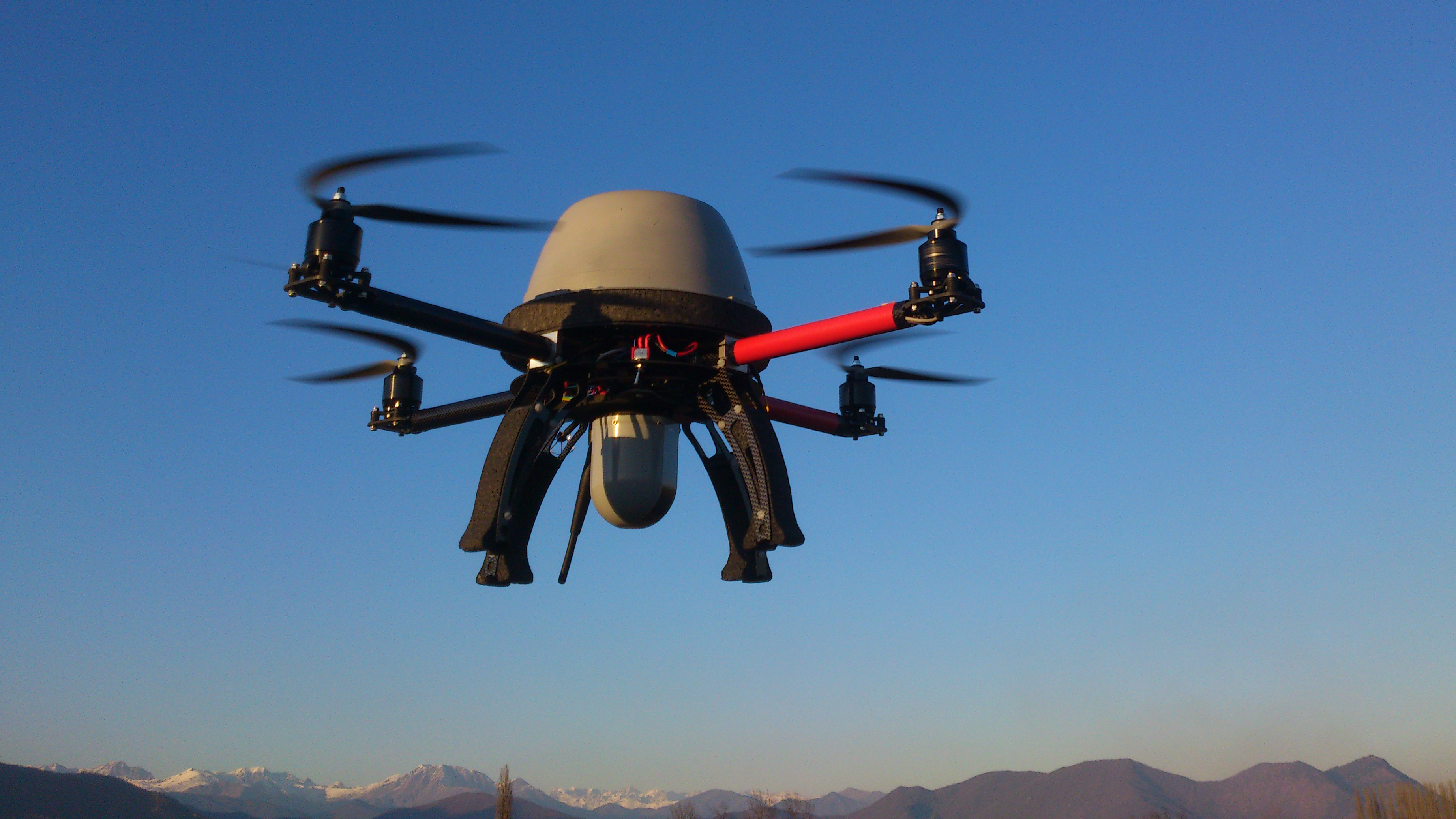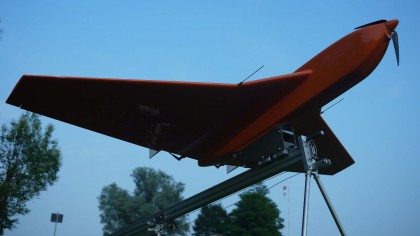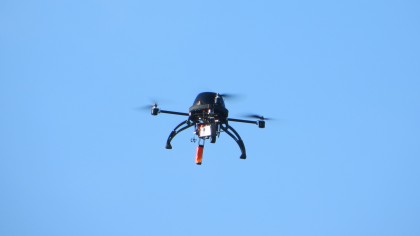Drones, clones and no fly zones: how robot aircraft are taking over the world
Amazon and Google bring drone thinking to the masses

Drones used to be a figment of science fiction but since their use in military conflicts the world over, unmanned vehicles have slowly made their way into the public consciousness.
The problem is, they almost always have negative connotations. Strange, we know, but it seems everyone is a little uneasy about human-less vehicles taking over the world.
However, this conversation is changing thanks to two of the tech world's biggest companies taking drones very seriously.
Both Amazon, and its imagination-capturing CEO Jeff Bezos, and Google, with news that it has bought out drone makers Titan Aerospace, are about to get into drones in a big way.
It sounds like a harebrained scheme but Amazon plans to use fully automated, GPS-equipped, unmanned aerial vehicles (UAVs) called octocopters to deliver small packages from the warehouse to the home within 30 minutes. Human involvement? Minimal.
As for Google, it's reasoning for drones is a little more profound, explaining that it "could help bring Internet access to millions of people, and help solve other problems, including disaster relief and environmental damage like deforestation."
These revelations have brought drone thinking to the masses - much to the delight of a community of UAV enthusiasts who're already wielding systems like the A.R. Parrott Drone and specially created vehicles for agriculture and filmmaking.
Sign up for breaking news, reviews, opinion, top tech deals, and more.
The Present
Dean Wynton, for example, runs a company called Aerosight, which uses unmanned aircraft to shoot lovely smooth aerial camera footage for the likes of BBC, ITV, Channel 4 and Sky as well as a host of commercial and corporate clients.
Beyond his own endeavours, filming gorgeous sunsets or aerial panning shots, he told us: "I was approached by a television company thinking of running a series on people who operate drones to spy on drug traffickers and poachers."

Rory Paul operates Volt Aerial Robotics in St Louis, Missouri. He provides farmers with systems that enable them to keep an eye on the health of their crops without physically having to cover the ground.
"There are two applications in agriculture right now," he tells us. "Aerial photo mapping and then crop scouting. The end product of the fixed wing flights it's a photogrammetric map of a field. On the crop-scouting site, they get GPS-tagged images."
Michael Toscano, the president and CEO of AUVSI (The Association of Unmanned Vehicle Systems International), which has actually been around since 1972, sees agriculture as perhaps the key usage right now:

He said: "If I have a droid that can fly over a field of crop and tell me about the specific photosynthesis of that plant, I can tell which plants are healthy and which are not, I'll know which ones I need to treat. Rather than spraying the whole crop: I save money on pesticides, I save time and resources and it makes me a better smarter farmer."
- 1
- 2
Current page: Drones, clones and no fly zones: present drones
Next Page Drones, clones and no fly zones: future dronesA technology journalist, writer and videographer of many magazines and websites including T3, Gadget Magazine and TechRadar.com. He specializes in applications for smartphones, tablets and handheld devices, with bylines also at The Guardian, WIRED, Trusted Reviews and Wareable. Chris is also the podcast host for The Liverpool Way. As well as tech and football, Chris is a pop-punk fan and enjoys the art of wrasslin'.
